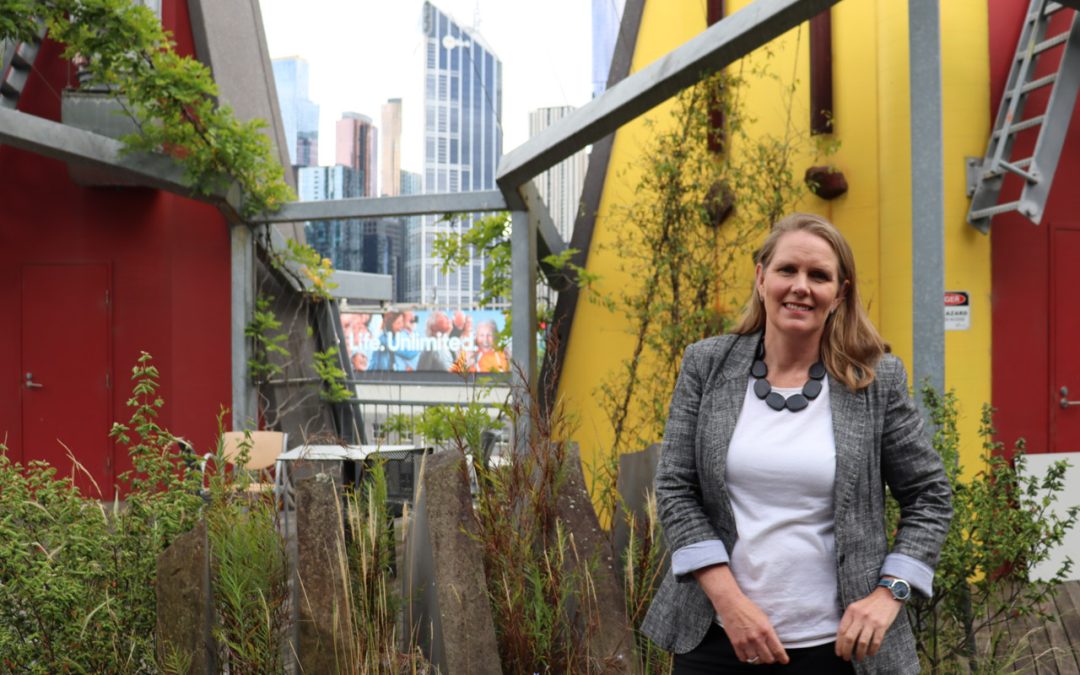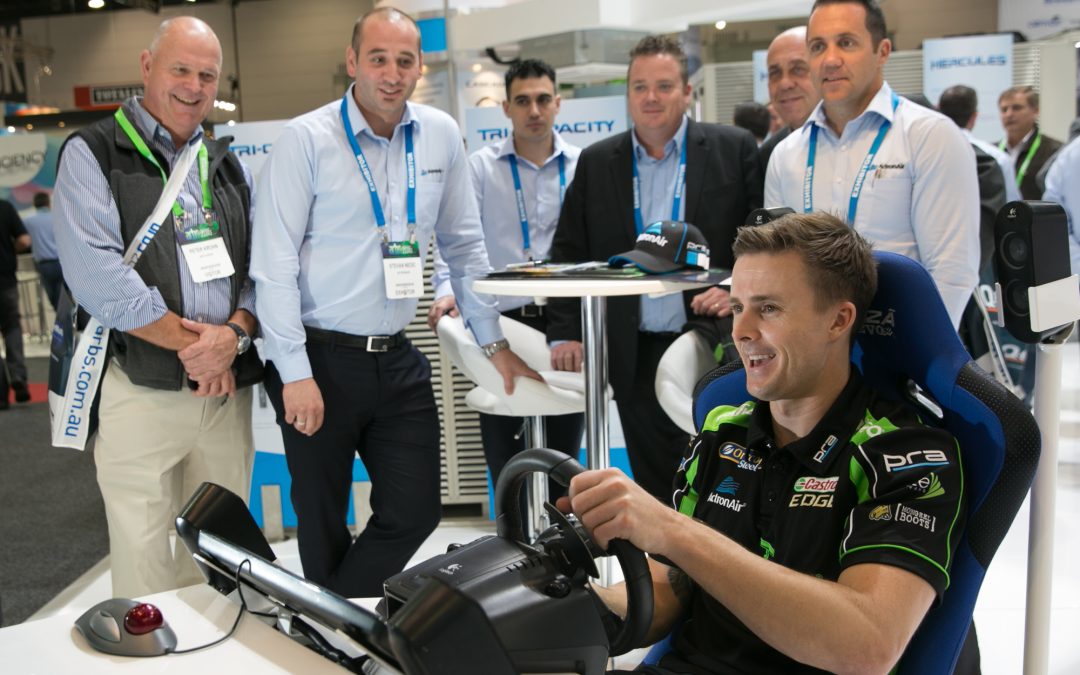Electric Atmosphere
The PG&E Larkin Substation addition in San Francisco is the first building of its type to earn...
Read MorePosted by Chloe Sofia Gawaran | Aug 19, 2022 | HVAC, Industry eye, Sustainabilty
The PG&E Larkin Substation addition in San Francisco is the first building of its type to earn...
Read MorePosted by Shahzuma Warakhwala | Aug 16, 2022 | Industry eye, Member profiles
ARBS chair Professor Tony Arnel talks us through four consumer trends and what they mean for the...
Read MorePosted by Mark Vender | Aug 10, 2022 | Industry eye
For when the sun doesn’t show and the wind doesn’t blow, sand may just be an option for thermal...
Read MorePosted by Sarah Rix | Aug 10, 2022 | Industry eye, Member profiles
Ireland-born Vince Aherne, F.AIRAH, is pivotal to many AIRAH projects, including editing our suite...
Read MorePosted by Sarah Rix | Aug 4, 2022 | Industry eye, Sustainabilty
In Memphis, Tennessee, a 1957 building has been converted into a net-zero energy net-zero carbon...
Read More
May 16, 2024
In California’s capital city, a 1940s building has been re-lifed, aiming to create strong ties between nature and the local community.

Mar 18, 2024
City of Melbourne chief heat officer Krista Milne talks with Ecolibrium staff writer Nick Johns-Wickberg about managing extreme heat in urban settings.

Mar 18, 2024
Boasting 300 exhibitors and 9,000 visitors over three days in May, ARBS 2024 will be the gathering place for the Australian HVAC&R community.

Mar 18, 2024
In order to raise the standard of operational hospital buildings, a holistic approach must be taken, writes Cundall’s Amin Azarmi. When standards change there are two typical ways to respond. First, scramble to do the minimum required to comply. Or second, take the...

Mar 18, 2024
Building automation control products that can only be serviced by one contractor can present significant risk. Open protocols make much more sense, writes Jason Duncan.I am very fortunate to meet and work with contractors, building owners and managers from all around...

Mar 14, 2024
Ventilation units within vehicle tunnels play a pivotal role in ensuring safety and optimal air quality for
occupants. These units are used to assist with propelling air from one end to the opposite end of the tunnel.
Computational fluid dynamics (CFD) has emerged as an invaluable design tool for engineers and stakeholders,
offering simulated insights and data to optimise safety and efficiency in tunnel projects. This paper
emphasises the advantages of CFD for road tunnel ventilation design, showcases a case study involving
impulse fans, and highlights the positive effects on project costs and overall tunnel ventilation performance.
Advertisement